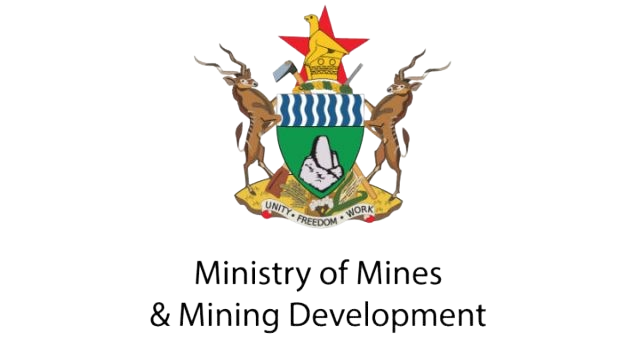Lithium producers in Zimbabwe are collaborating with the Ministry of Mines and Mining Development to establish realistic timelines for beneficiation, amid declining prices in the lithium industry.
By Ryan Chigoche
To curb the export of low-value ores, the government initially set a deadline of March 31, 2024, for the submission of lithium beneficiation plans. However, this deadline was extended following requests from miners who needed more time to consult with their international headquarters. These miners emphasized the need for additional time to develop annual budgets that incorporate beneficiation strategies.
Since then, the lithium industry has seen significant changes. In 2022, lithium carbonate prices soared above $70,000 per ton, driven by tight supply and strong market demand. However, by 2023, prices began to decline sharply as new lithium supply came online and demand growth slowed. By mid-2023, lithium carbonate prices had dropped to around $20,000 to $25,000 per ton, reaching a low of $13,798 per ton this year. This decline has made it increasingly challenging for lithium producers to formulate effective beneficiation plans.
Faced with these challenges, all lithium producers are now in talks with the government to discuss reasonable beneficiation timelines, according to the State of the Mining Industry Survey Report.
“All current lithium producers indicated that they are exporting lithium concentrates in line with the current government policy. Respondents in the lithium sector indicated that they agreed with the government on the establishment of beneficiation facilities that would result in the production of lithium sulfate. The lithium producers further highlighted that they are currently working with the Ministry of Mines to develop a lithium beneficiation roadmap that will see the construction of beneficiation facilities within reasonable timelines, in line with best-practice beneficiation project life cycles,” the report read.
In 2023, the government warned that it would soon ban the export of lithium concentrates to compel companies to process carbonates, which are a crucial step in the lithium value-addition process. This regulatory shift aims to enhance local processing capabilities and maximize the economic benefits of lithium extraction within the country.
Before the implementation of the beneficiation directive, lithium miners primarily focused on producing lithium concentrate. The government seeks to capitalize on the significant mineral revenue potential from producing battery-grade lithium, in response to the rising demand for this essential clean energy mineral.
Currently, the lithium value chain begins with lithium ores, and the government has prohibited the export of these ores, as the country now has sufficient capacity to process them into lithium concentrate for export.
Zimbabwe’s significant hard-rock lithium reserves have attracted over US$1 billion in investment from Chinese mining companies, including Sinomine Resource Group, Zhejiang Huayou Cobalt, Chengxin Lithium Group, Yahua Group, and Canmax Technologies.
Additionally, Zimbabwe is encouraging platinum group metal (PGM) miners to refine locally. These miners often ship concentrates to South African refineries, citing insufficient local electricity and mineral resources to justify the substantial investment required for building refineries.
According to the survey data, platinum producers indicated that two of the currently active producers are exporting PGM matte, while one producer is exporting PGM concentrates. As agreed with the government, Zimplats is progressing in constructing additional smelters and refurbishing existing facilities.
Meanwhile, PGM miners have also been given an extension on the beneficiation tax on PGM concentrates. Executives in the PGM sector reported that the government deferred this tax to January 1, 2025. They stated that, in agreement with the government, they signed commitment letters to utilize existing facilities from those with excess capacity. They, therefore, recommended that the beneficiation tax on concentrates be aligned with the agreed PGM beneficiation roadmap and timelines.
Regarding lithium, respondent executives also reported that the beneficiation tax on lithium was deferred pending engagements with the government to agree on a beneficiation roadmap for the lithium industry.
.png)




